Medicinal Herb Gardening for Beginners
When I began exploring medicinal herb gardening, I felt like I had walked into a foreign country. I didn’t know where to start or how to navigate this new territory.
But like everything in my garden journey, I took small steps. And while I still consider myself a beginning medicinal herb gardener, I do feel like I’ve found my footing a bit. I’m learning more every year about herbs for health, body, and home.
Because growing a medicinal herb garden — or simply introducing medicinal herbs into our lives — is something many beginning gardeners explore, I wanted to give you a guide to get started in medicinal herb gardening.
While everyone’s journey looks different, this was mine. I talk about it in detail in this episode of the Beginner’s Garden Podcast. Click to listen or continue reading for the highlights and the resources I recommend to get started.
*links below may contain affiliate links
7 Steps to Starting Your First Medicinal Herb Garden
1. Make a List of Common Ailments in Your Family.
If you to start researching medicinal herbs, you’ll likely find broad statements about different herbs and their potential uses. Everything sounds so amazing! If I grew everything that I learned about, though, I would drown in overwhelm.
That’s why I recommend starting with your family’s common ailments so you can design your medicinal garden for your specific needs. For my family, ear infections, allergies, colds, headaches, insect bites, and digestive maladies are common issues that I wanted to be able to address.
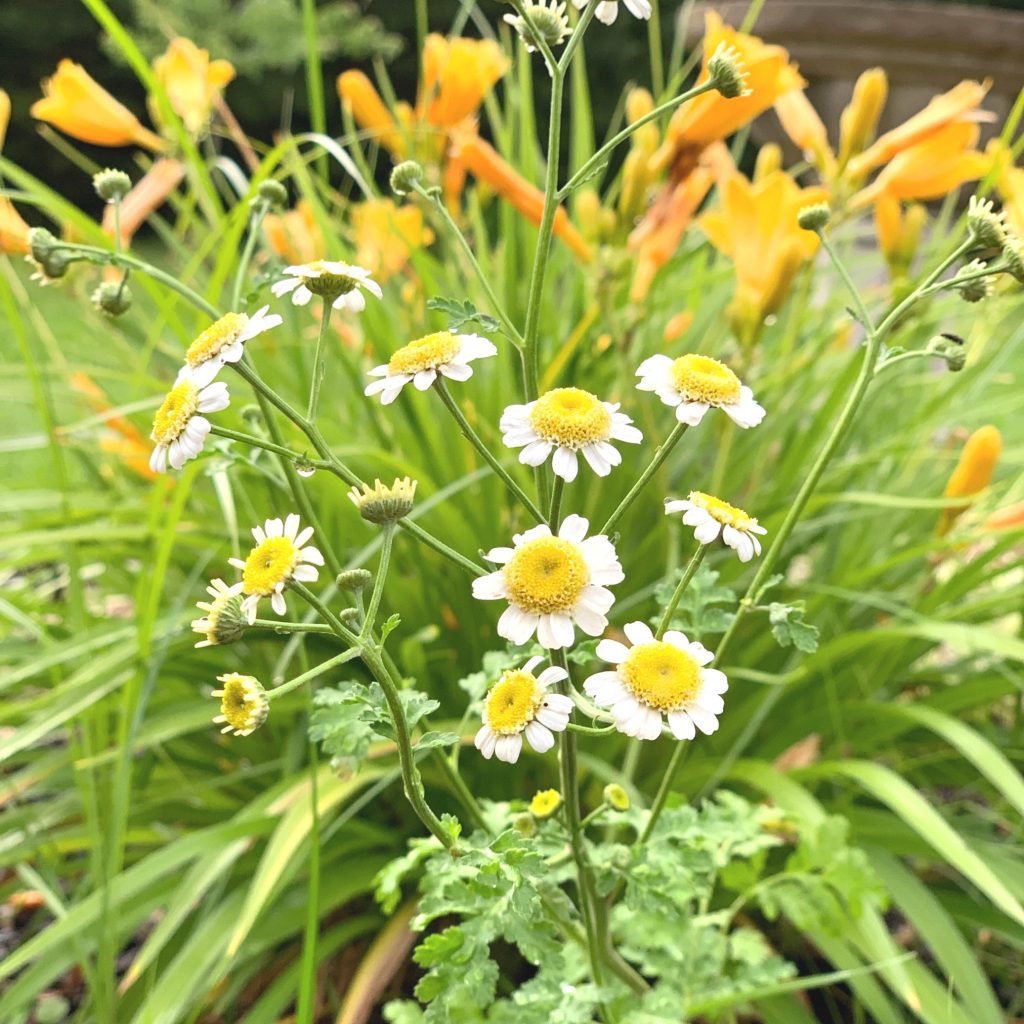
2. Read Medicinal Herb Books and Resources
Many online resources exist to help beginners learn about medicinal herb gardening. But I recommend starting with reputable resources first before exploring different iterations of the craft.
I started with Rosemary Gladstar’s Medicinal Herbs: A Beginner’s Guide: 33 Healing Herbs to Know, Grow, and Use. It was a really basic book that helped me understand herbs already growing in my garden, plus others I could explore. It offered simple starter recipes and taught me how to make remedies like tinctures and salves.

As I read about each herb, potential uses, and recipes, I took notes on what I wanted to try as I read.
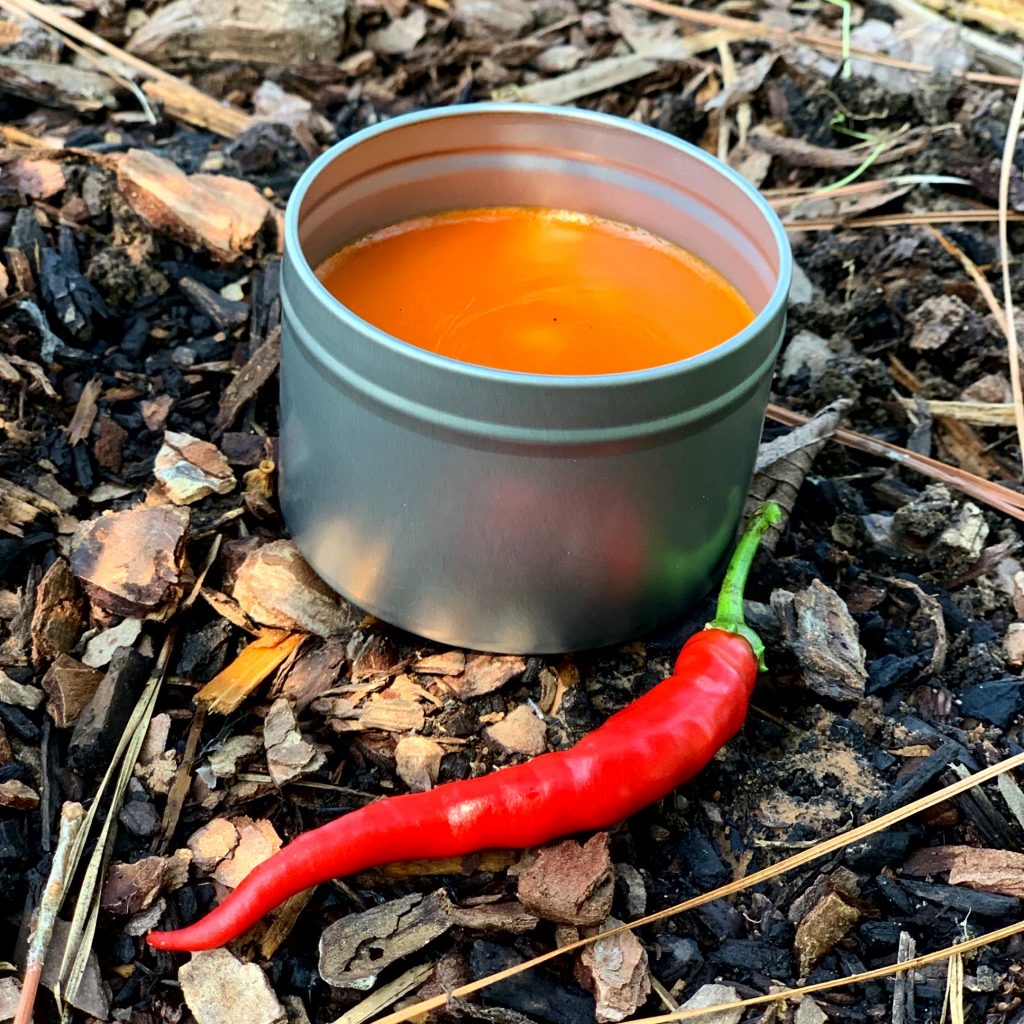
After I tried a few recipes from that book and gained my confidence a bit, I dove into Healing Herbal Infusions: Simple and Effective Home Remedies for Colds, Muscle Pain, Upset Stomach, Stress, Skin Issues and More by Colleen Codekas.
This book was similar to Rosemary Gladstar’s book, but this one focused on the recipes. It even had an entire section for children. This was a great resource to dig a little deeper and have a little fun.

3. Take Notes of Plants Common in Medicinal Herb Gardening
As you’re reading these resources, you will want to take notes. Not only do you want to document the recipes, but you also want to identify the plants that keep appearing in the recipes that you want to try. When I was reading Rosemary Gladstar’s book, I would write down which herbs were needed in each recipe. Then I went back and took note of ones that I could use in multiple recipes.
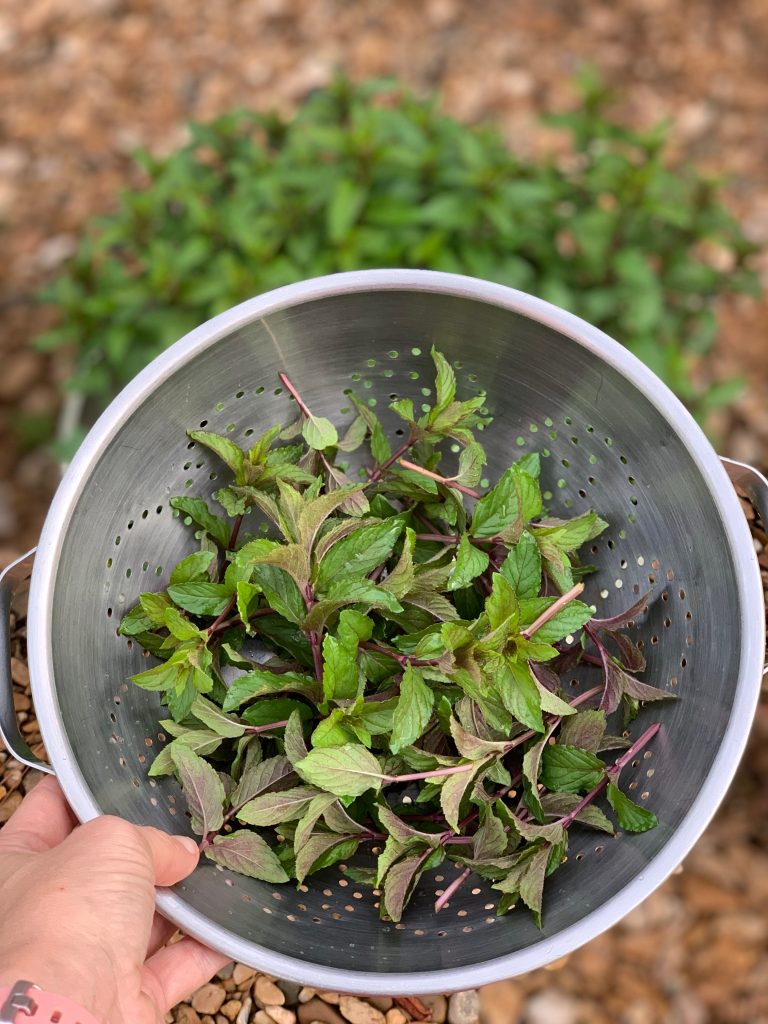
4. Test Interesting Herbal Remedies
If you are reading this in the winter or toward the end of your garden season, you may not have all of the herbs that you listed on hand. In this case, you can buy small amounts of them and test some of the remedies in the off-season and decide which ones most deserve a place in your garden.

It’s easy to get overwhelmed and want to plant all of the herbs, but testing remedies will help you decide what is most important to you.
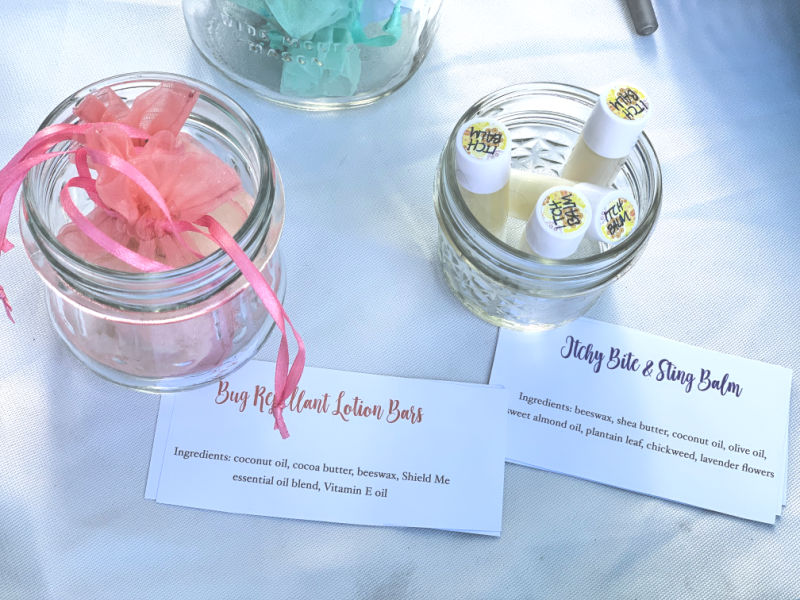
I bought some of the herbs in my local health food stores or online at Mountain Rose Herbs. Then, after trying particular recipes, I decided which herbs I knew I wanted to grow myself, and which ones I’d skip.
5. Make a List of Herbs You Want to Grow
After testing different recipes, make a list of which herbs you want to grow in your garden. When I did this, I discovered I wanted to grow lavender, calendula, chamomile, yarrow, feverfew, and echinacea. As I made my garden plan for the next season, I included these herbs along with the ones I already grew like peppermint, lemon balm, basil, and others.

Then after you make your list, begin to research the different growing needs of these herbs. You will find that some herbs require the same growing conditions and you can group them together. Others require differing amounts of water, sunlight, or drainage. You also need to know which herbs will likely survive the winter and which ones you’ll need to plant each season.
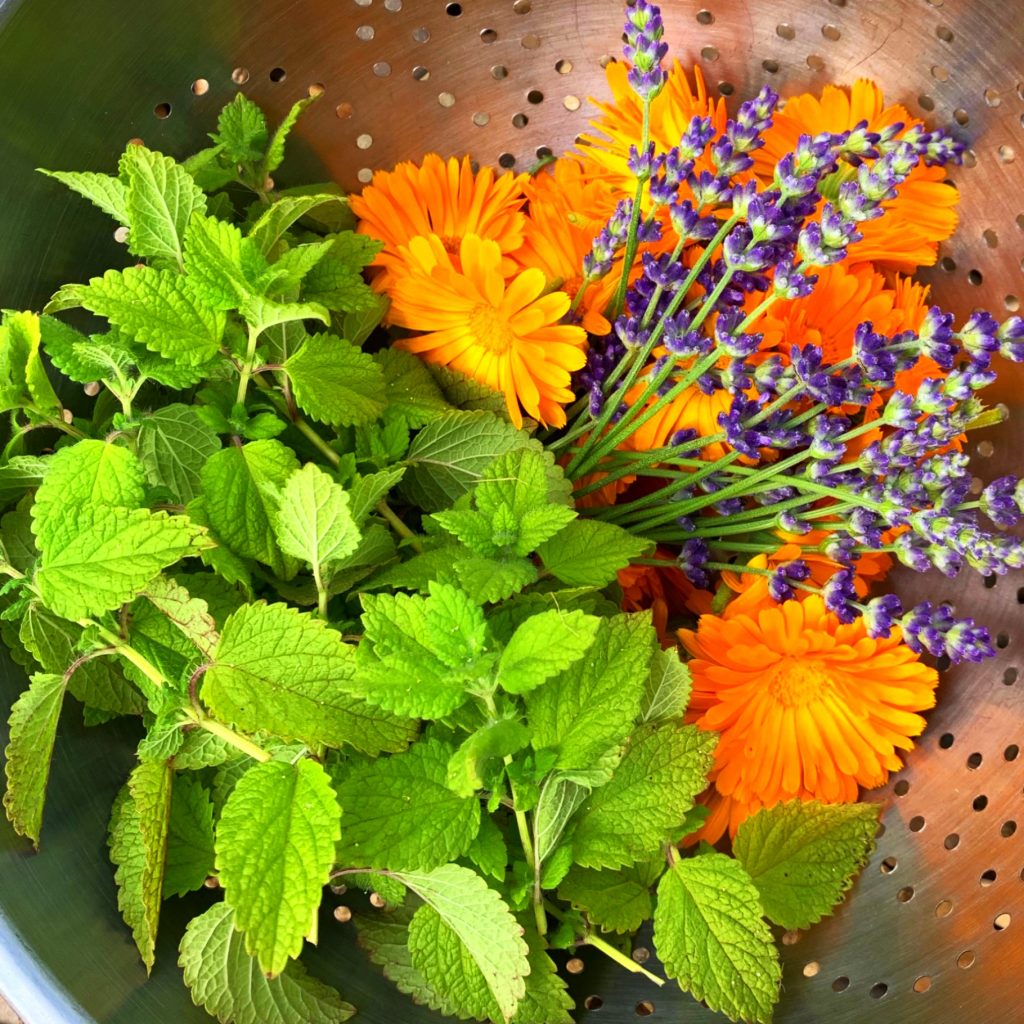
6. Decide if you’ll grow in a dedicated medicinal herb garden, incorporate plantings in your vegetable garden, or a mixture.
After you know what you want to grow, you need to decide where you will plant these herbs. You have several options, depending on whether you want to plant them in your vegetable garden, in a separate location, in containers outside your patio, or maybe a mixture.
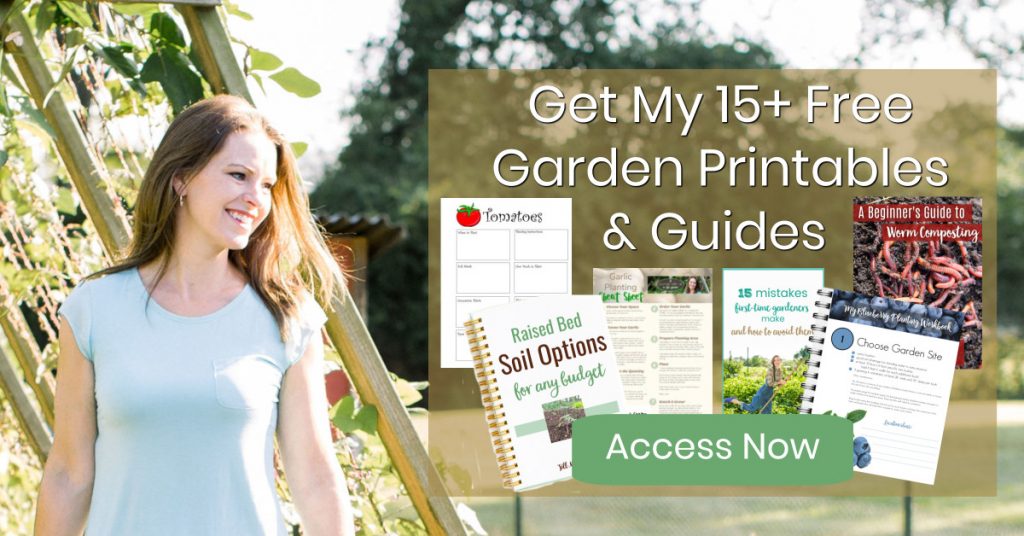
I ended up spreading my herbs out among different locations. Many of my herbs like oregano, dill, and basil are in my vegetable garden to help attract beneficial insects. Others, like lemon balm and peppermint, grow outside my back door in containers alongside my kitchen herbs. We also built a medicinal herb planter with a dedicated space for yarrow, calendula, and lavender. I’ve enjoyed the diversity, but I still love the look of dedicated medicinal herb gardens.
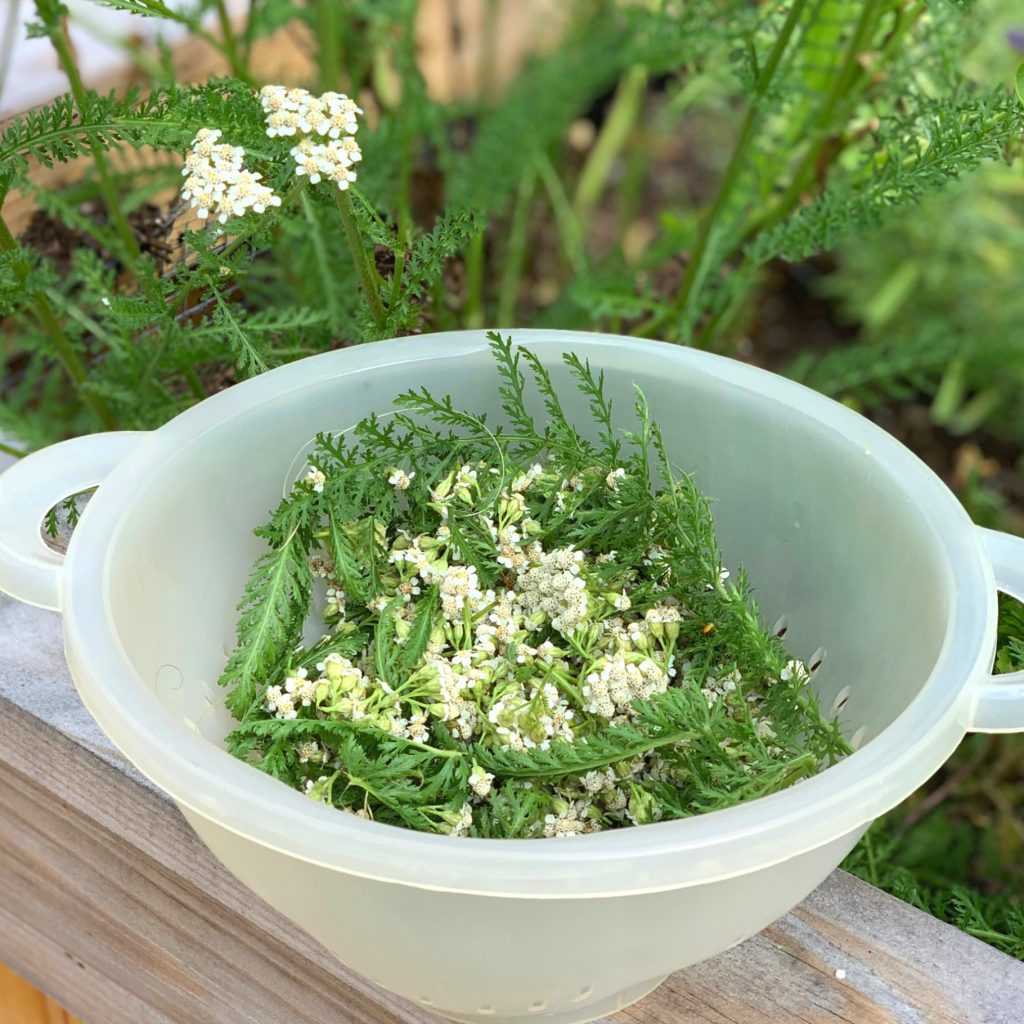
7. Plan Your Medicinal Herb Seed Starting and/or Transplant Dates
The biggest challenges to growing a medicinal herb garden are knowing when to plant and whether to buy transplants or begin from seed.
First, seeds or transplants? Some herbs don’t mind starting from seed (basil, calendula, yarrow, dill), but it’s a much higher learning curve for others, like lavender, echinacea, peppermint). Consider your personal success in the past with growing from seed when making these decisions.
After you decide which to plant as seeds or transplants, you can begin to plan your planting dates. Like any vegetable in your garden, you’ll need to find out when to plant the herbs in your medicinal herb garden relative to your average last frost date. My Simple Garden Planner and Complete Garden Planner are options to help you organize your planting dates.
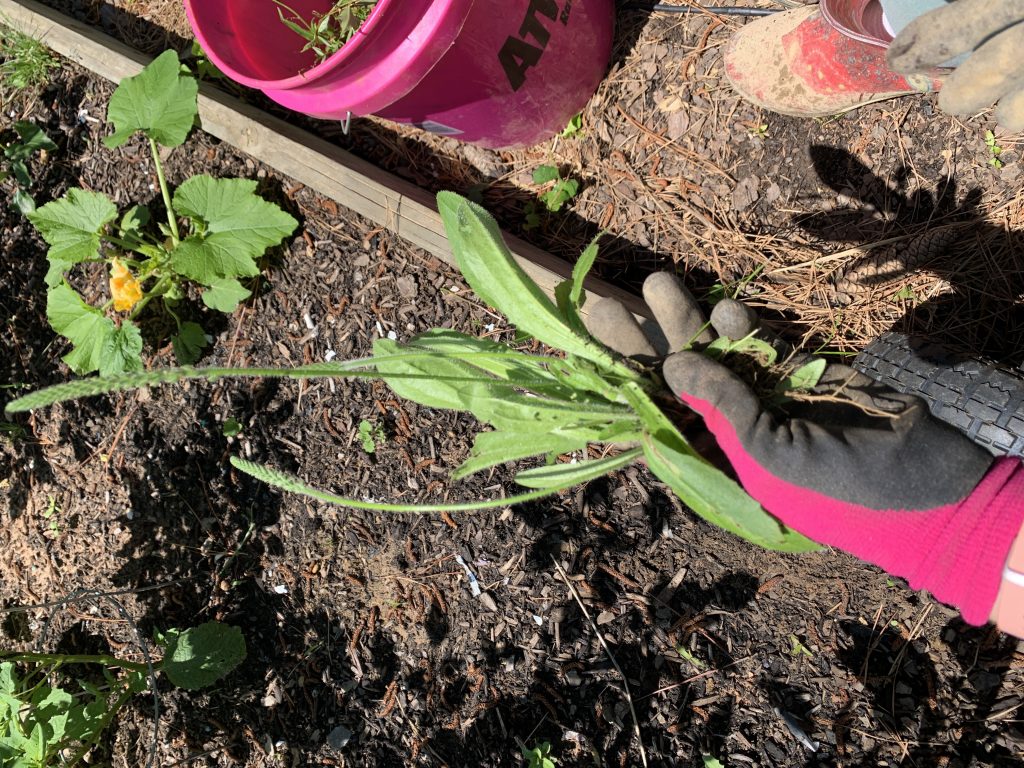
Beginning Your First Medicinal Herb Garden
Like any gardening endeavor, starting is only the beginning. Be prepared to learn by both success and failure. As you start and grow your medicinal herb garden, you’ll learn what works and what doesn’t, and what you like and don’t like.
Along the way, don’t forget to enjoy the process! Medicinal herb gardening carries joys of its own, and I hope you enjoy your journey as much as I have!
What plants do you grow or hope to grow in your medicinal herb garden? Comment below!
Do you get overwhelmed with garden planning?

Subscribe here for my best tips to plan your garden in just 7 days -- all for FREE.
Plus, I'll send you my "In the Garden E-mail" on Fridays, periodic updates on garden resources relevant to you, and you'll receive access to my entire bank of free garden downloads!
You are also agreeing to our privacy policy.

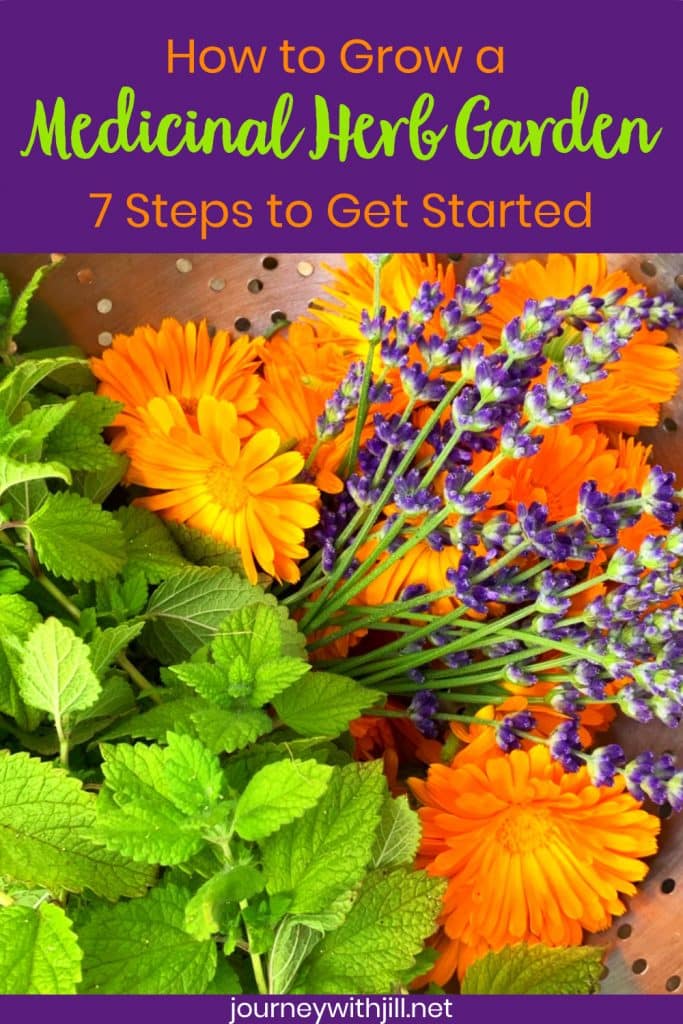
Several members of my family suffer from joint pain and I even have 2 sisters that suffer from rheumatoid arthritis. We all take turmeric curcumin which successfully treats the joint pain. I would love to grow turmeric and find recipes for making this wonder drug myself.